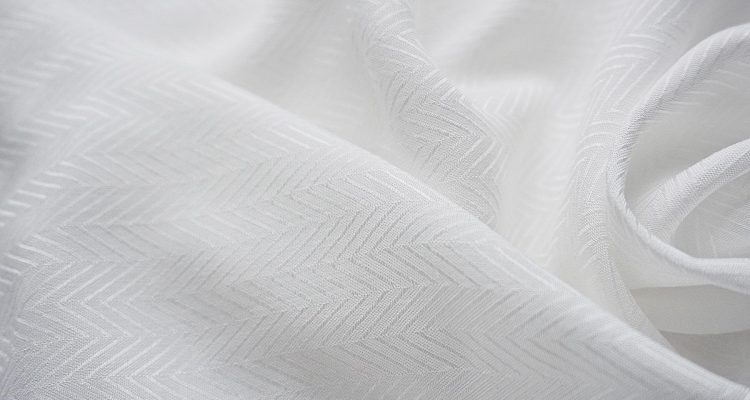Introduction
Cotton clothing has been a staple in our wardrobes for centuries. From its remarkable characteristics to the wide variety of garments available, cotton fabrics offer comfort, versatility, and style. In this comprehensive article, we will delve into the characteristics of clothes made of cotton fabrics, explore various types of cotton garments, provide tips on choosing and identifying them, and discuss effective methods for maintaining cotton clothing.
Section 1: Characteristics of Clothes Made of Cotton Fabrics
Understanding the unique characteristics of cotton fabrics helps us appreciate their appeal and functionality. Let’s explore some key aspects:
Breathability: Cotton is renowned for its breathability, allowing air circulation and moisture absorption. This makes it an ideal choice for warm climates or activities that induce perspiration.
Softness: Cotton fibers possess inherent softness, making garments made from this fabric comfortable against the skin. It is particularly favored for everyday wear as it offers a gentle touch and enhances overall comfort.
Durability: Cotton garments are known for their durability and resistance to wear and tear. They can withstand regular usage and repeated laundering without losing shape or color.
Absorbency: Cotton fabrics have high absorbency, effectively wicking away moisture from the body. This feature contributes to keeping the wearer dry and comfortable.
Hypoallergenic: Cotton is a natural fiber and is generally hypoallergenic, making it suitable for individuals with sensitive skin or allergies.
Versatility: Cotton fabrics come in various weaves, blends, and finishes, allowing for a range of applications. From lightweight cotton voile for summer dresses to heavy-duty denim for jeans, cotton can cater to diverse fashion needs.
Section 2: Types of Cotton Garments
Cotton fabrics are used in an extensive array of clothing items. Let’s explore some popular types of cotton garments:
T-Shirts: Cotton t-shirts are a wardrobe staple due to their comfort, versatility, and ease of styling. They come in various colors, prints, and styles, catering to different preferences.
Dresses: Cotton dresses offer effortless style and comfort, suitable for casual occasions or even formal events, depending on the design. From flowy maxi dresses to tailored shirt dresses, cotton offers limitless options.
Jeans: Denim, a type of cotton fabric, is widely used for jeans. Cotton denim provides durability and breathability, making it a timeless choice for both men and women.
Shirts and Blouses: Cotton shirts and blouses are popular for their crisp appearance and breathability. They can be dressed up or down, offering versatility for various occasions.
Undergarments: Cotton is commonly used for undergarments such as underwear and bras due to its softness, breathability, and hypoallergenic properties.
Section 3: Choosing and Identifying Cotton Garments
When selecting and identifying cotton garments, keep the following tips in mind:
Read Labels: Check the garment’s care label for information on fabric composition. Look for keywords like “100% cotton” or “cotton blend” to identify the presence of cotton in the fabric.
Feel the Fabric: Cotton fabrics have a characteristic softness and natural feel. Run your fingers over the fabric to assess its texture and determine if it matches the qualities associated with cotton.
Look for Breathability: Consider the intended purpose of the garment and evaluate if the fabric is suitable for that purpose. Cotton garments are known for their breathability, allowing air circulation and moisture absorption.
Consider Weave and Weight: Different cotton weaves, such as twill, poplin, or jersey, offer varying textures and drapes. Consider the garment’s weave and weight to determine if it aligns with your desired style and comfort level.
Check for Quality Construction: Examine the stitching, seams, and overall construction of the garment to ensure its quality and durability. Well-constructed cotton garments are likely to last longer and maintain their shape.
Section 4: Maintenance Methods of Clothes Made of Cotton Fabrics
Proper maintenance is crucial for preserving the quality and longevity of cotton clothing. Here are some essential tips:
Washing Instructions: Follow the care label instructions for washing your cotton garments. In general, most cotton items can be machine washed using a gentle cycle with cold or warm water. Separate dark-colored garments from light-colored ones to prevent color bleeding.
Drying Methods: Air drying cotton garments is recommended to maintain their shape and prevent shrinkage. If using a dryer, opt for a low heat setting to minimize the risk of damage.
Ironing Tips: Iron cotton garments when necessary to achieve a crisp and neat appearance. Set the iron to the appropriate temperature (usually indicated on the care label) based on the fabric’s thickness. Steam ironing can be used to effectively remove wrinkles from cotton fabrics.
Stain Removal: Treat stains promptly to prevent them from setting into the fabric. Follow stain removal techniques specific to the type of stain and consult care instructions or seek professional help if needed.
Storage: Ensure that cotton garments are clean and completely dry before storing them. Fold them neatly or use hangers to prevent excessive creasing. Avoid storing them in damp or humid areas to prevent mildew growth.
Avoiding Common Mistakes: Avoid using bleach on colored cotton garments, as it may cause discoloration. Additionally, avoid exposing cotton clothing to direct sunlight for extended periods to prevent fading.
Delicate Fabrics: Some cotton fabrics, such as lace or embroidered pieces, may require extra care. Hand washing or using a laundry bag specifically designed for delicate items can help protect these garments during the washing process.
Conclusion
Cotton clothing continues to be an enduring favorite due to its remarkable characteristics, versatility, and comfort. By understanding the unique properties of clothes made from cotton fabrics, exploring different types of cotton garments, learning how to choose and identify them, and following effective maintenance methods, you can ensure that your cotton wardrobe remains in excellent condition. Embrace the timeless allure of cotton and enjoy the comfort and style it brings to your everyday life.


Leave a Reply